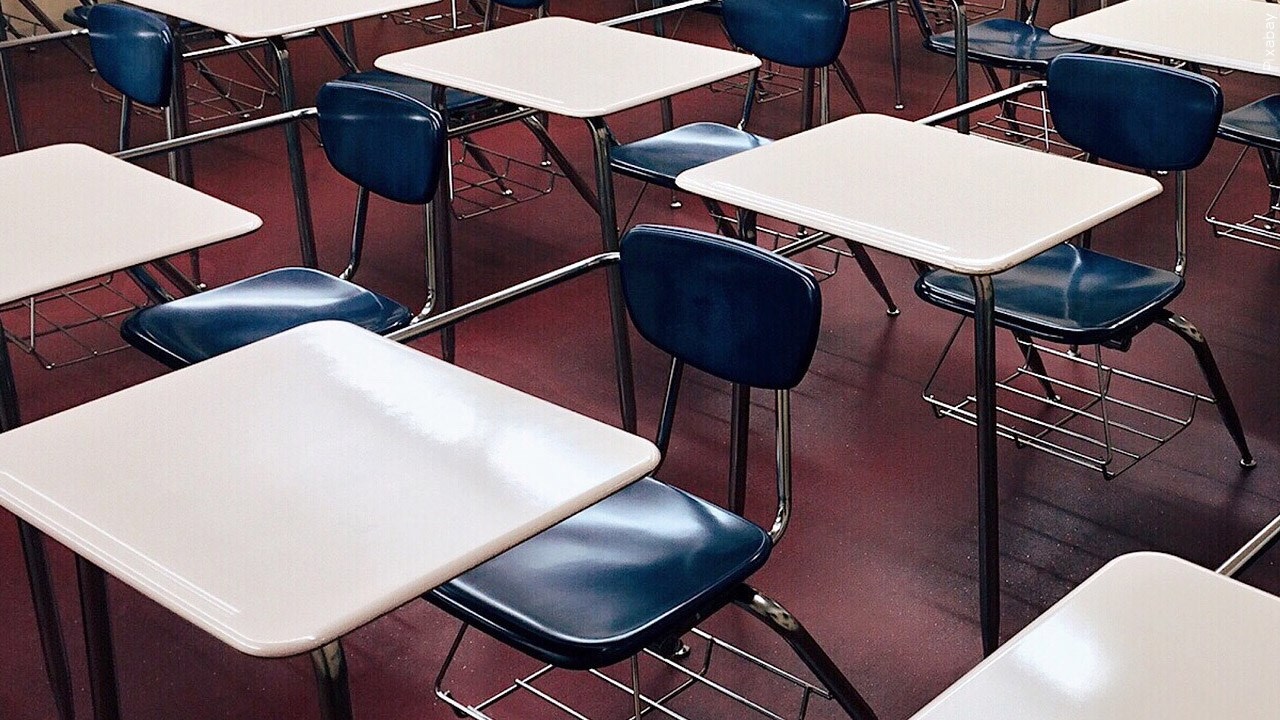State: 300+ Minn. schools falling behind; mixed results for math, reading and science proficiency
[anvplayer video=”5131230″ station=”998122″]
A new report from the Minnesota Department of Education (MDE) shows the state’s public schools are falling behind after statewide assessments done in 2022.
The assessments, which include the Minnesota Comprehensive Assessments, Minnesota Test of Academic Skills, ACCESS for English Language Learners and Alternate ACCESS for English Language Learners, show slight declines in the number of students who either meet or exceed grade level standards from 2021.
Results released Thursday show the following rates for students meeting standards in reading, math, and science—a table showing students meeting those same standards can be found below:
- Reading: Decrease from 52.5% to 51.1%
- Math: Increase from 44.2% to 44.8%
- Science: Decrease from 43.1% to 41.3%
The MDE hasn’t provided a graduation rate for the 2022 report. In previous years, the agency reports the rate had increased from 82.% in 2017 to 83.8% in 2020. However, data shows the rate took a slight dip from 2020 to 2021, when the rate dropped to 83.3%.
CLICK HERE for information on results published last year, which also showed lower test scores.
Thursday, the MDE said it is expanding its support system for schools, the Collaborative Minnesota Partnerships to Advance Student Success—also known as COMPASS—to 371 public school, including 15 entire school districts for the next three years. State officials say those schools will be getting coordinated support and training from the MD, as well as the Regional Centers of Excellence.

Credit: Pixabay / MGN Online
According to the state, the highest level of comprehensive support will be given to 46 schools that are working to improve outcomes across multiple measures, 103 high schools with graduation rates below 67%, as well as 48 schools with one or more student groups below performance thresholds for multiple measures in 2018 and 2022. Officials say extra targeted support will be given to 58 schools which may need to focus on a single student group and another 52 schools focusing on credit and dropout recovery.
Meanwhile, an additional 64 schools identified in 2018 and not 2022 will continue to get support.
Thursday morning, republican members of the House issued the following statement in response to the report:
“Today’s news is further proof that the failed pandemic policies championed by Gov. Walz and Democrats have been devastating for thousands of students across Minnesota. Test scores are down and mental health challenges have exploded — Minnesota students are hurting and desperately need help. Instead of focusing efforts on equipping students with the reading, writing, and math skills that are the foundation of a great education, Gov. Walz and his allies are promoting controversial and politically motivated curriculum. It’s time to drop the indoctrination and get back to basics that will give students the skills they need to succeed in life — Minnesota students cannot afford to wait any longer.”
Rep. Ron Kresha (R-Little Falls) and Rep. Sondra Erickson (R-Princeton)